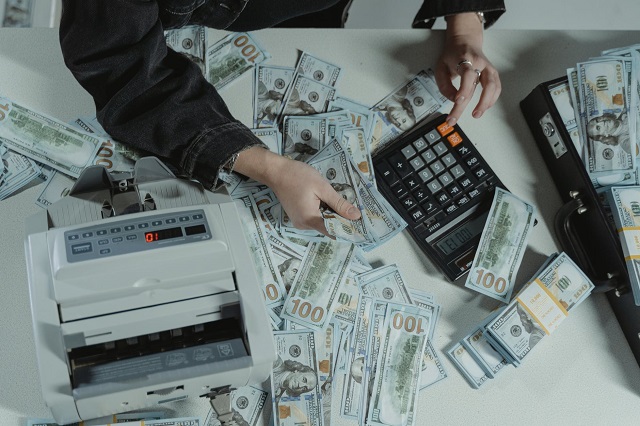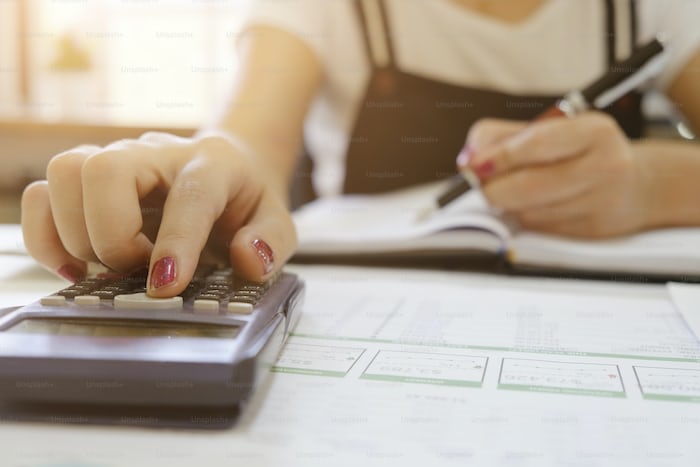Last updated Jul. 30, 2024 by Okechukwu Nkemdirim
Home improvement projects can be a significant investment, yet essential for enhancing the livability and value of your property. However, securing financing for these projects becomes challenging when you have bad credit. Fortunately, several lenders cater specifically to individuals with less-than-perfect credit to help them achieve their home improvement goals. This article explores the best home improvement loans available for those with bad credit and provides a comprehensive FAQs section to assist borrowers in making informed decisions.
Understanding Home Improvement Loans for Bad Credit
Home improvement loans are designed to provide the necessary funding for renovations, repairs, and upgrades to your home. These loans typically come with lower interest rates compared to credit cards, making them more accessible and practical for large projects. However, your credit score plays a significant role in determining your eligibility and the terms of the loan.
Types of Home Improvement Loans
-
Personal Loans: These loans are unsecured, meaning you won’t need to provide collateral. They are accessible and can be used for various home improvement projects but might come with higher interest rates if you have bad credit.
-
Home Equity Loans: These are secured loans where your home acts as collateral. They usually offer lower interest rates but require you to have significant equity in your home.
-
HELOCs (Home Equity Line of Credit): Similar to home equity loans, HELOCs also use your home as collateral. However, instead of receiving a lump sum, you get a line of credit, which you can draw from as needed.
-
Government-Backed Loans: Programs like the FHA 203(k) loan, offered by the Federal Housing Administration, are designed specifically for home improvements and may be accessible even if you have bad credit.
- Credit Union Loans: Credit unions are known for their lower interest rates and member-friendly lending practices, making them a good option for those with bad credit.
The Best Home Improvement Loans for Bad Credit
1. Upgrade
Upgrade offers personal loans that can be used for home improvements. Even with a credit score as low as 580, you may qualify for a loan. Upgrade provides fixed-rate loans with fixed monthly payments, and you can borrow up to $50,000.
2. Avant
Avant is another great option for those with bad credit, as it caters specifically to borrowers with lower credit scores (as low as 580). Loan amounts range from $2,000 to $35,000, with terms between 2 to 5 years. Avant’s quick online application process makes it convenient for obtaining funds promptly.
3. OneMain Financial
OneMain Financial offers secured and unsecured personal loans, providing flexibility for borrowers with bad credit. Loan amounts range from $1,500 to $20,000, with terms from 2 to 5 years. Secured loans might require collateral but could offer better rates compared to unsecured options.
4. LendingClub
LendingClub offers peer-to-peer lending, which can be beneficial for those with bad credit. They have flexible qualification requirements and offer loan amounts ranging from $1,000 to $40,000. The application process is straightforward, and funds can be disbursed quickly.
5. LightStream
LightStream is a division of Truist Bank and offers personal loans specifically for home improvements. They require a higher credit score (minimum of 660), but their competitive rates and flexible loan amounts (up to $100,000) make them a good choice for significant projects.
✓ Short Answer
Even with bad credit, several lenders offer accessible home improvement loans. Options like personal loans from Upgrade and Avant, peer-to-peer lending from LendingClub, and secured loans from OneMain Financial help fund your home projects despite low credit scores. Weighing the terms, interest rates, and qualification criteria will guide you to make the best choice for your financial situation.
How to Improve Your Chances of Getting Approved
-
Check Your Credit Report: Understanding your credit score and resolving any errors can boost your chances of approval.
-
Consider a Co-signer: Having a co-signer with good credit can improve your chances of getting a loan and securing a better rate.
-
Collateral: Offering collateral for a secured loan can make you a more attractive borrower despite having bad credit.
-
Reduce Debt: Paying off existing debt can improve your debt-to-income ratio, making you a more favorable candidate for loans.
- Shop Around: Compare multiple lenders to find the most favorable terms and rates suited to your credit profile.
FAQs
1. Can I get a home improvement loan with bad credit?
Yes, many lenders offer home improvement loans for borrowers with bad credit. Options include personal loans, home equity loans, HELOCs, and government-backed loans.
2. What is the minimum credit score required to get a loan for home improvements?
The minimum credit score varies by lender. Some lenders, like Upgrade and Avant, may approve loans with credit scores as low as 580.
3. Are there government programs available for home improvement loans?
Yes, the FHA 203(k) loan is a government-backed loan specifically for home improvements, which may be accessible even if you have bad credit.
4. How much can I borrow for home improvements?
The amount you can borrow depends on the lender and your credit profile. Generally, amounts can range from $1,000 to $100,000.
5. How can I improve my chances of getting a loan with bad credit?
Improving your credit score, reducing debt, offering collateral, and considering a co-signer can enhance your chances of approval.
6. What interest rates can I expect with bad credit?
Interest rates vary based on the lender, your credit score, and the type of loan. Borrowers with bad credit should expect higher interest rates compared to those with good credit.
7. What should I consider when comparing home improvement loans?
Consider the interest rate, loan terms, fees, repayment schedule, and any prepayment penalties when comparing loans. Make sure the loan fits your budget and financial situation.
8. Can I use a personal loan for home improvements?
Yes, personal loans are a popular option for home improvement projects due to their flexibility and ease of access.
9. Is it better to get a secured or unsecured loan for home improvements?
Secured loans generally offer lower interest rates but require collateral. Unsecured loans are easier to obtain but usually come with higher interest rates. The best choice depends on your financial situation and risk tolerance.
10. How quickly can I get the funds after being approved?
Funding times vary by lender, but many offer quick disbursement, often within a few days of approval.
Conclusion
Securing a home improvement loan with bad credit can be challenging but not impossible. By exploring different types of loans and lenders, you can find an option that helps you finance your home renovation projects. Taking steps to improve your credit score and shopping around for the best terms will also increase your chances of obtaining a favorable loan.
By understanding your options and preparing adequately, you can turn your home improvement dreams into reality, even with bad credit.




